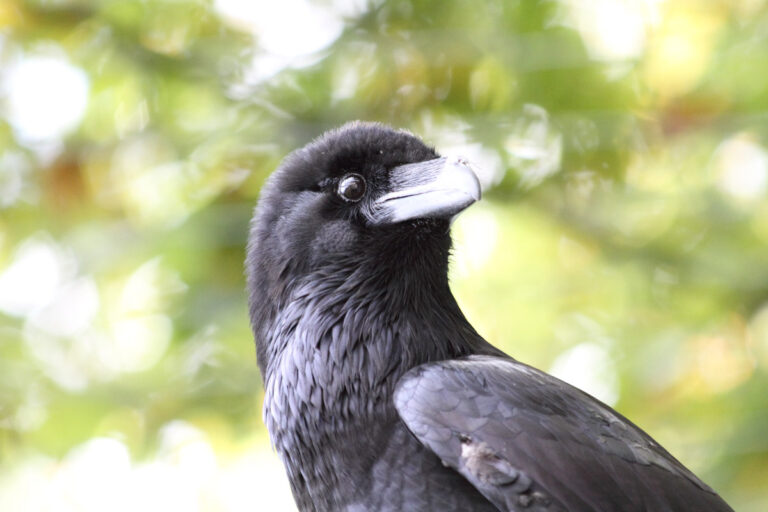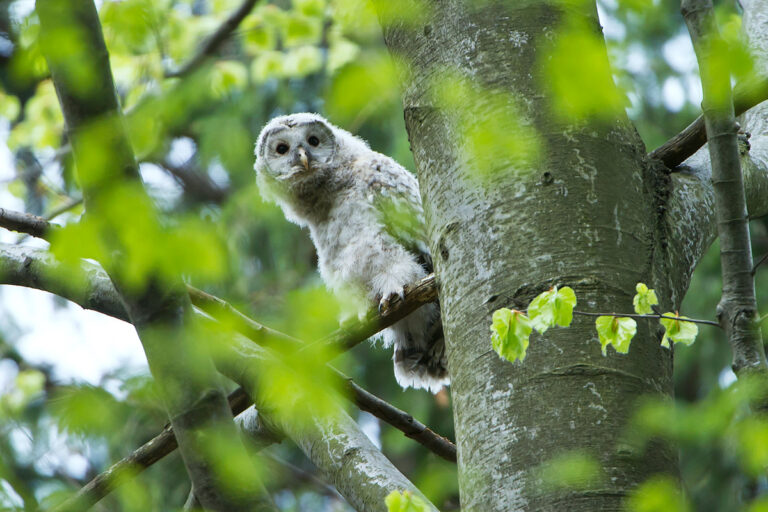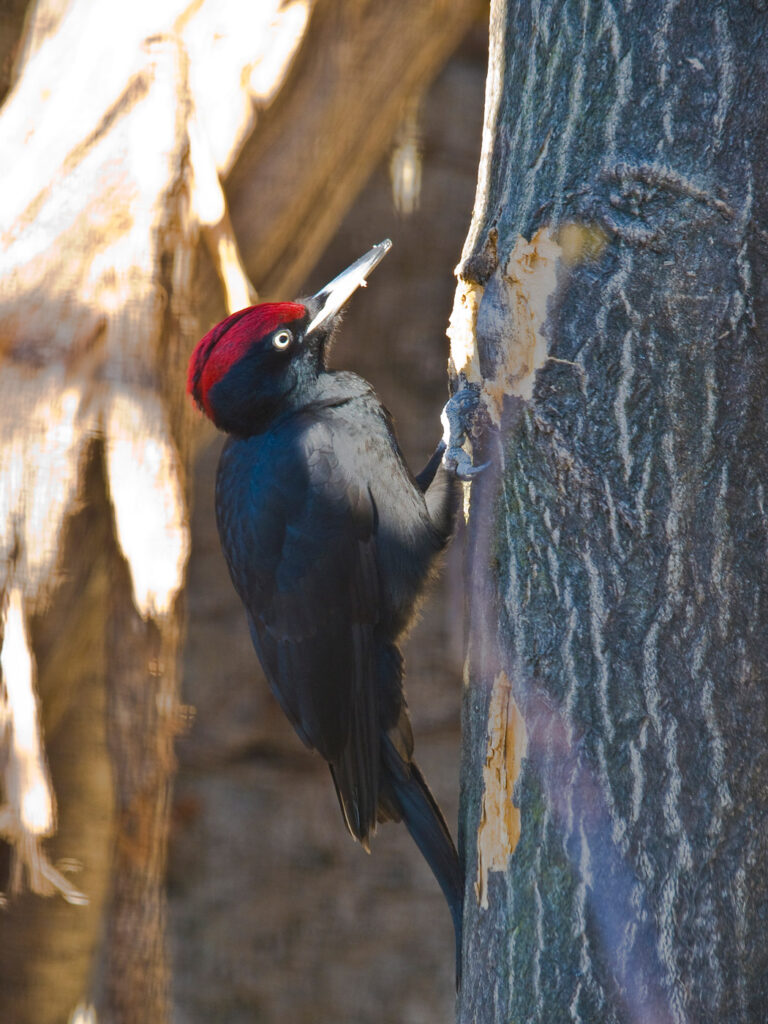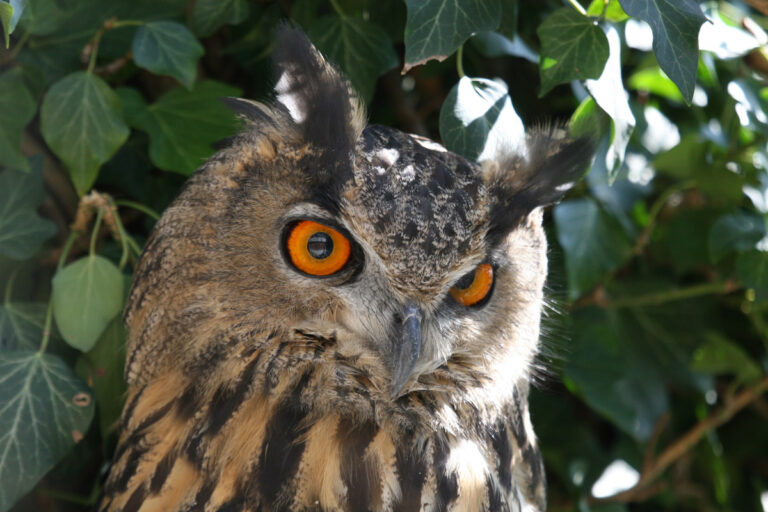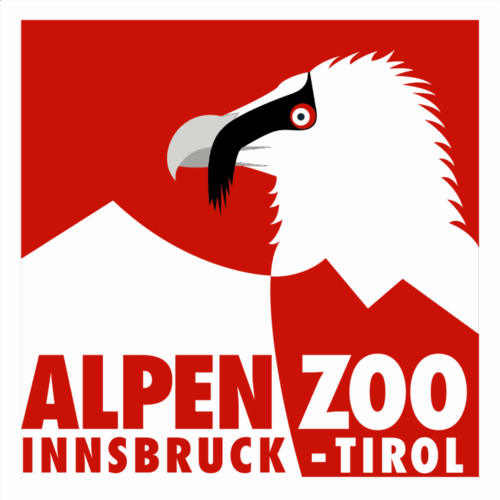Ptarmigan
The plumage of the grouse is perfectly adapted to the changing conditions in the high mountains. In contrast to other bird species, which only change their plumage once or twice a year, ptarmigans have 3 moulting stages: white in winter, brown-black in summer and white-brown-black mottled in autumn and spring. This guarantees perfect camouflage all year round. In addition, the white feathers have air pockets that act as a cold insulator. The plumage of all grouse is remarkably dense and heavy and can account for up to 20 per cent of their body weight. The feet of all grouse are feathered, hence their name. In addition to pin-shaped feathers on the toes ("courtship pins"), grouse also have elongated feathers in winter, which cover the ball of the toes and enhance the snowshoe effect. During courtship, the naked, bright red coloured and very swollen strips of skin above the eyes ("courtship roses") are visible on all male grouse.
The ptarmigan is affected by the consequences of climate change, as its habitat is characterised by cold temperatures and snow.
- Males adorn themselves with courtship roses during mating. These are bright red coloured, very swollen strips of skin above the eyes with which they want to impress the females.

SCIENTIFIC NAME
Lagopus muta
AGE
- up to 10 years
FOOD
- Needles
- Buds
- Shoots, buds & leaves
- Insects
FINE
- Fox
- Birds of prey
WEIGHT
- up to 600 g
Wingspan: 34 - 36 cm





